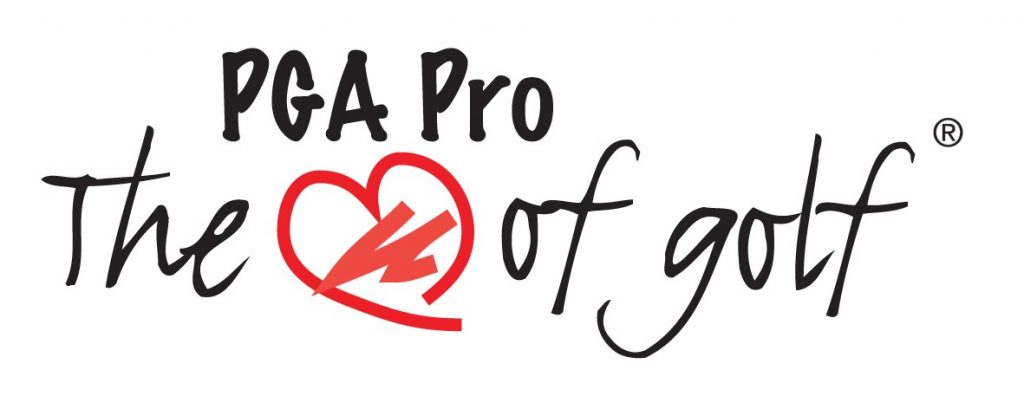Playing in the Wind
Knowing how the wind can influence our golf shots plays a big part in helping us choose the optimal club and target. By using Trackman, a launch monitor which tracks the characteristics of the golf ball, it enables us to track the effects of the wind. Whilst we use Trackman for a lot more than this we’re going to focus on this aspect for today.
By the end of this article you will have a good idea of how much headwinds, tailwinds and cross winds affect your golf shots and will be equipped with some tips you can use to navigate your way to the target more often.
The main characteristics we need to keep in mind when thinking about what adjustments we should make are in the table below.
Ball Flight Characteristics
| Height | On Trackman this is the maximum height or apex of the shot. |
| Landing Angle | The angle at which the ball travels to the ground. Think steep (helicopter landing) or flat (plane landing). |
| Distance | Carry Distance (Where the ball lands) and Total Distance (Where the ball finishes). |
Headwinds and Tailwinds
The average player swings a 6 iron at approximately 80mph which results in a 155-yard carry. The data below illustrates what affect the wind will have on this player if the launch conditions produce a straight golf shot with a centred strike.
Headwind
| No Wind | 5mph | 10mph | 15mph | 20mph |
| 155 yds Carry | 149 yds | 142 yds | 134yds | 125yds |
| -6 yds | -13 yds | -21 yds | -30 yds | |
| 44 degree Land Angle | 49 deg | 54 deg | 60 deg | 66 deg |
Tailwind
| No Wind | 5mph | 10mph | 15mph | 20mph |
| 155 yds | 160 yds | 164yds | 166yds | 168yds |
| +5yds | +9yds | +11yds | +13yds | |
| 44 degree Land Angle | 40 deg | 36deg | 33deg | 30 deg |
The main takeaway you may get from these tables is that a headwind hurts a lot more than a tailwind helps. A 20mph headwind will take 30 yards off your carry distance but a tail wind will only add on 13! The change in landing angle is also a characteristic that is affected a lot more by hitting into the wind.
A headwind hurts a lot more than a tail wind helps.
Adapt and Overcome
Let’s look at some ways we can adapt to these playing conditions. We know now that a headwind causes the ball to fly higher, land steeper and carry shorter. This is due to the lift and drag the added airflow puts on the ball. One characteristic we can use to our advantage here is the spin rate we put on the ball. Unlike the wind, this is something we can control. It’s important to note here that the wind doesn’t increase the spin on the ball, however the more spin we initially put on the ball will cause the ball to lift more.
So, with this in mind- spin is not our friend hitting into a head wind. There are many factors that go into what creates different spin rates but I’m going to narrow it down here to two factors that we can all implement. Lower the loft we use and reduce the club head speed.
So instead of this player taking a 6i they could use a 5iron and shorten their golf swing. This will launch the ball lower with less spin which is going to help you find your target more often in this scenario.
Into a headwind think lower the loft and lower swing speed
With the wind on our backs it has the opposite effect, all be it to a lesser extent. The ball will carry longer, fly lower and land flatter. For example, with a flat landing angle it may affect your ability to hold the ball on the green with your approach. On the other hand, a tail wind off the tee can help your drive carry further and roll for longer.
With our approach shot we need to think more loft. This will launch the ball higher which will help steepen the land angle so you can hold the green more often
Think less club and a higher launch angle with the wind behind on your approach shot.
Cross winds
Solving this puzzle is tough for any player. If you’ve ever watched golf on TV, you have seen caddy and player switch club many times before making decision. And even then, it still doesn’t always work out. You’ll often see them look to treetops or flags to make the best judgement they can. So, my first piece of advice is to cut yourself some slack- Golf is hard! The table below takes the same player hitting a 6iron swinging approx. 80mph and looks at the effect different strength cross winds will have on direction.
| 5mph | 10mph | 15mph | 20mph | |
| Distance the ball lands from target line | 17ft/ 6yds | 34ft/ 11yds | 52ft/17yds | 70ft/ 23yds |
Looking at this table it normally surprises players just how much the wind can affect our shots but being armed with this base line it will help you next time you’re out there. There are many techniques you can use to perform well in a cross wind and choosing which one will depend on the ball flight the player usually hits. Let’s take a cross wind from right to left for example. For a right-handed player they may perform better hitting a fade and holding it up into the wind. Alternatively, they may perform better by aiming right and allowing the wind to take the ball back to target line. Both can be effective depending on the players natural ball flight and preferences
How you choose to play in a cross wind will depend on your natural ball flight.
Closing words
The data and baselines in this article will serve as a helpful starting point in judging the wind better, however there are many factors that go into this formula. The environment we play golf in has a huge effect on how we swing the club and each player will react in their own way. Sometimes these reactions are helpful and sometimes not. The key is understanding your own swing tendencies in certain environments. This unfortunately though, isn’t something I can help you with here.
I hope you’ve enjoyed the read and have come away equipped with the ability to judge the wind more effectively along with some food for thought on how the wind may alter your game specifically. Of course, if you have any questions you know where to find me!
Until then,
Stay safe!
Coach

